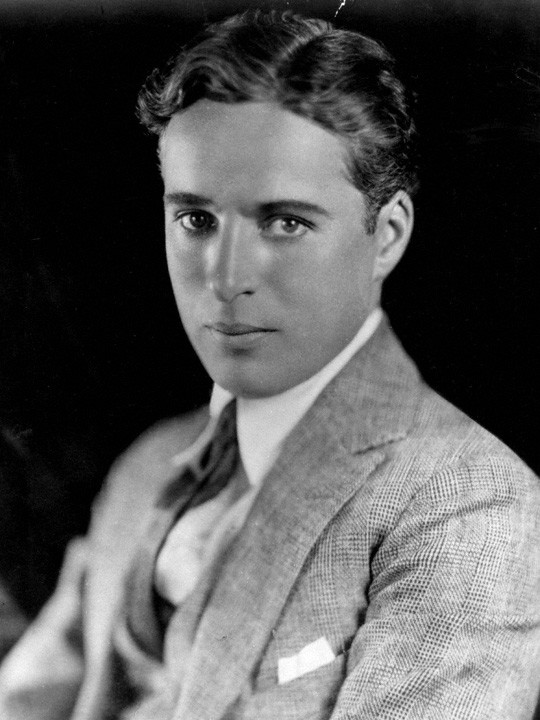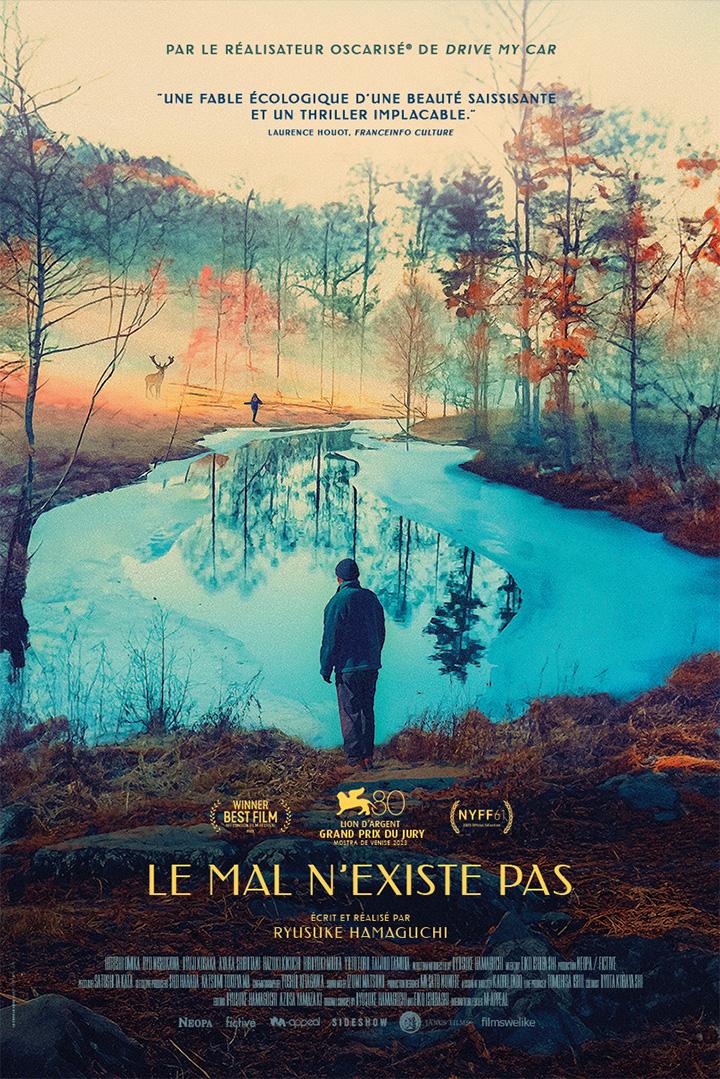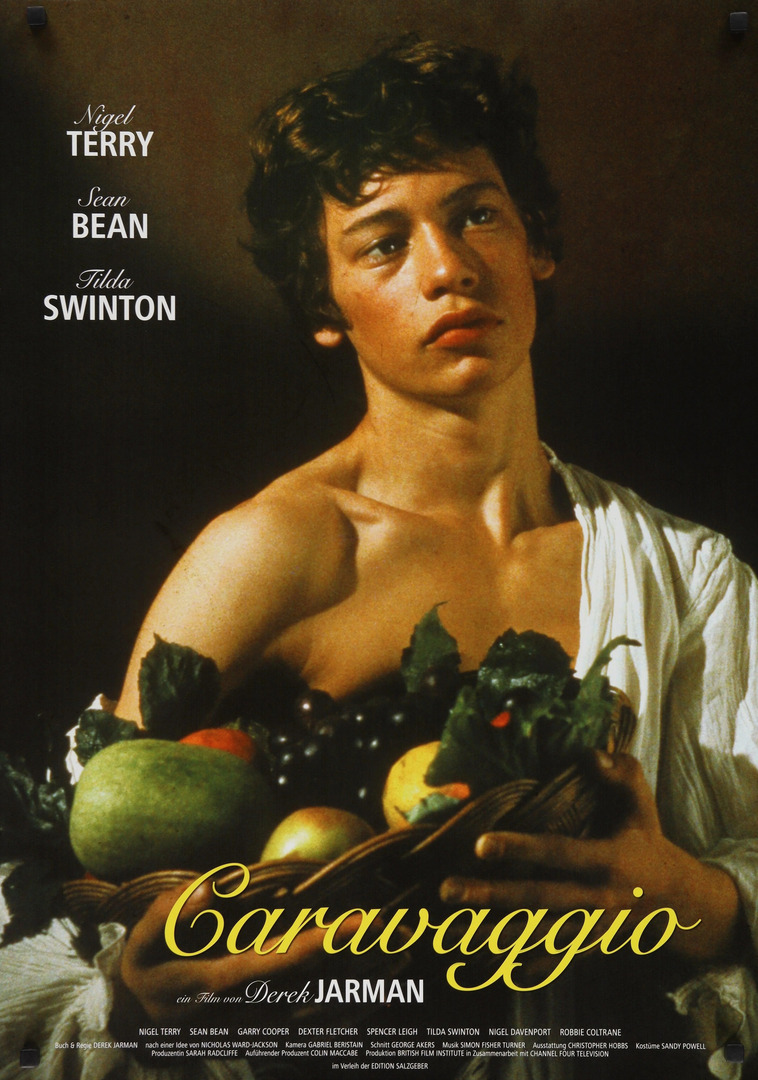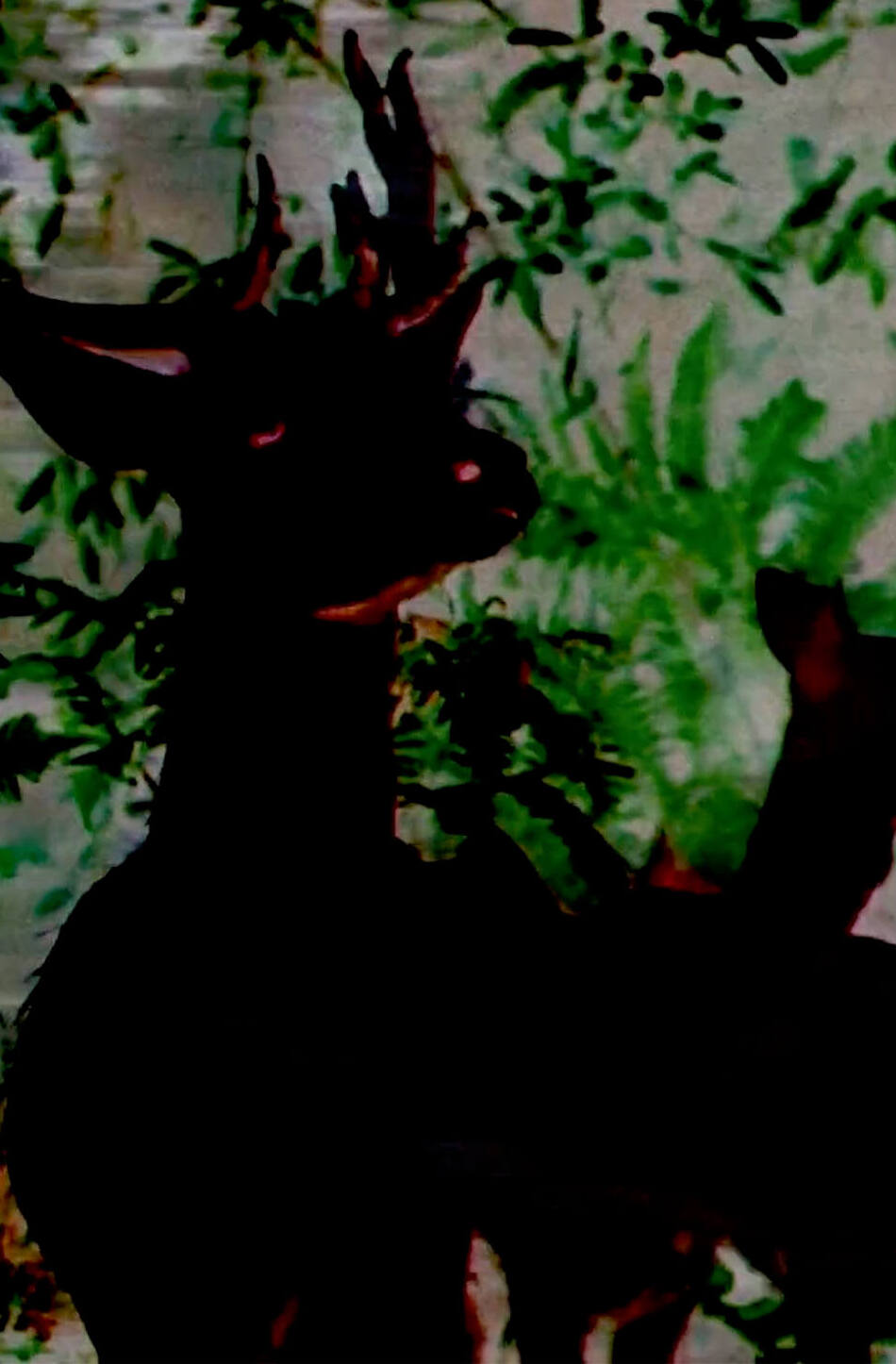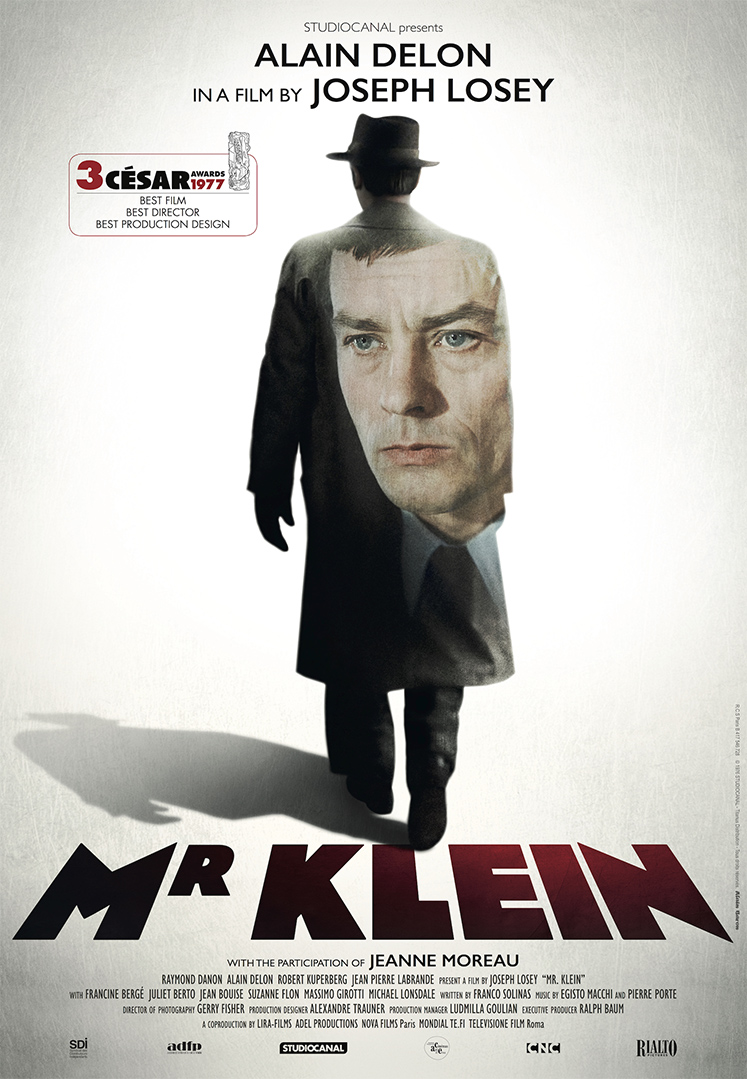The Great Dictator
This end-of-year cycle is an opportunity to bring together some of the finest 35mm prints in our collections.
The criteria that led to this selection:
a) the rarity of the chosen movie on film
b) the effect of contrast (period, style, culture) between one film and the other
c) the quality of conservation of the print
Stephanie Creaghan's The Dailies is an ingenious series of very short works in which video art and cinema overlap. Nineteen titles from this series are featured in our December program as a dreamy and intimate tribute to the cinephile experience.
Stephanie Creaghan makes work about how violence inserts itself into communication, combining different pathways (like audio and video) to uncover these latent forms of manipulation to bring to light the undiscussed/repressed.
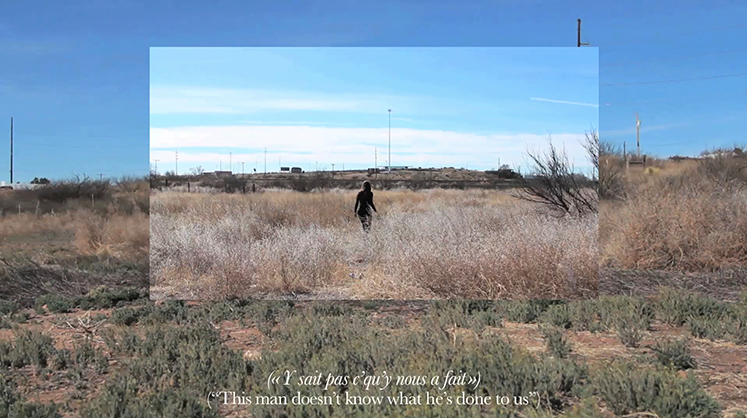
A Jewish barber suffering from amnesia is unaware that Adenoïd Hynkel has become dictator of Tomania and is persecuting the Jews. The barber is Hynkel's identical double and will play an unusual role in the story. At the peak of the war, Chaplin launches a vitriolic attack on Hitler.
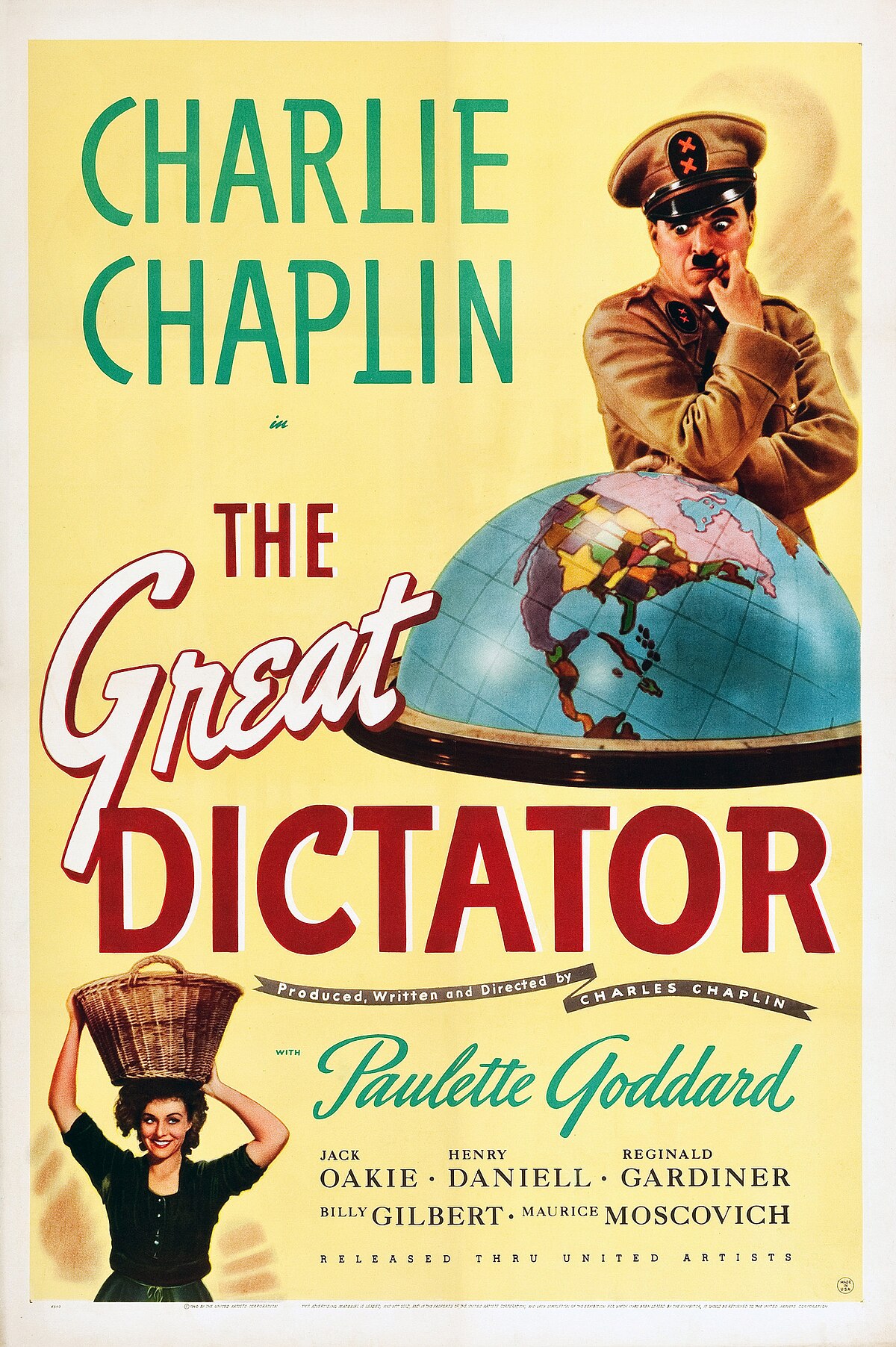
Charlie Chaplin
Born Charles Spencer Chaplin in a poor district of London in 1889, Charlie Chaplin climbed the boards of music halls at a very young age before joining Fred Karno's theater company, with which he left for the United States. He began acting in films in 1914, where his burlesque genius and his vagabond character soon became very successful. Chaplin directed his own films and co-founded the company United Artists in 1919 to be fully in control of his projects. He then went from short to feature films, multiplying masterpieces and successes, from The Kid in 1921 to The Great Dictator in 1940. After an interruption of a few years, he resumed his career as a filmmaker but abandoned the character of a vagabond who made his success. His political stance attracted attacks and trouble in the McCarthyism context of the time, forcing him to take refuge in Europe, where he made his last two films.
